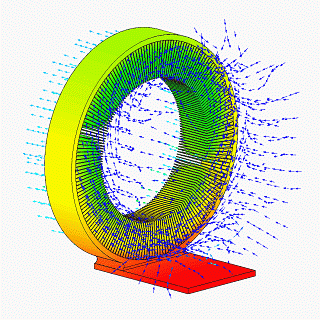I deleted my post since it was wrong information and to avoid any confusion.
Found out what the OPS meant by Heatspreader. I thought he was mistakenly referring to the Heatsink of the CPU Cooler. Found this at WiKI:

A heat spreader is a heat exchanger that moves heat between a heat source and a secondary heat exchanger whose surface area and geometry are more favorable than the source. Such a spreader is most often simply a plate made of copper, which has a high thermal conductivity. By definition, heat is "spread out" over this geometry, so that the secondary heat exchanger may be more fully utilized. This has the potential to increase the heat capacity of the total assembly, but the presence of the additional thermal junction will limit total thermal capacity. The high conduction properties of the spreader will make it more effective to function as an air heat exchanger, as opposed to the original (presumably smaller) source. The low heat conduction of air in convection is matched by the higher surface area of the spreader, and heat is radiated more effectively.
A heat spreader is generally used when the heat source tends to have a high heat-flux density, (high heat flow per unit area), and for whatever reason, heat can not be conducted away effectively by the secondary heat exchanger. For instance, this may be because it is air-cooled, giving it a lower heat transfer coefficient than if it were liquid-cooled. A high enough heat exchanger transfer coefficient is sufficient to avoid the need for a heat spreader.
The use of a heat spreader is an important part of an economically optimal design for transferring heat from high to low heat flux media. Examples include:
| Side-by-side comparison of AMD (center) and Intel (sides) integrated heatspreaders common on their microprocessors. |
| AMD Athlon 64 X2 6000+ (ADA6000IAA6CZ, Windsor), having its heat spreader removed (also known as delidding[1]); CPU core is soldered to the heat spreader, causing the CPU to be destroyed during the removal. |
|